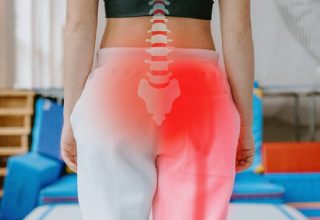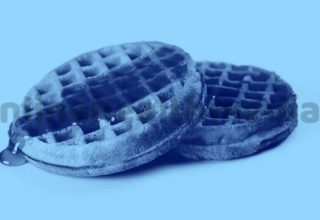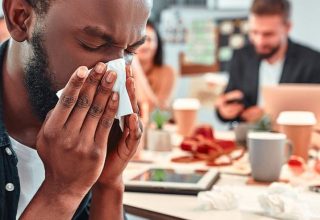What Is Acne? Symptoms, Treatment, And Prevention
Can you ever imagine how a single red bump on your face is taking away your sleep? Yes, that sleep snatcher is nothing but a small pimple or acne. Acne is a prevalent skin condition among teenagers and adults. More than 80% of the adolescent population is suffering from severe acne.. 12%; of adult women, and 3% of adult men are suffering from adult acne or cystic acne.
Let’s see first what are the medical terms for acne.
Contents
What Is Acne?
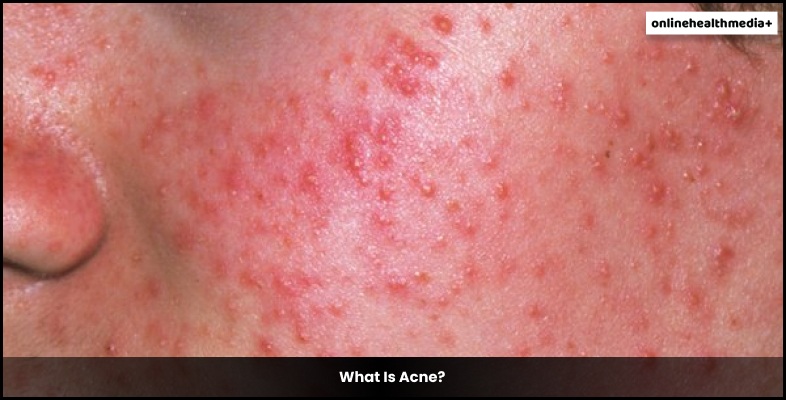
Acne is a skin condition where a person is going to suffer sudden breakouts on the foreheads or other facial areas. Acnes look like small red, painful, puss-filled bumps on the face. 80% of the people who are heading for their adolescents are suffering from acne.
But not only teenagers and youths, but adult males and females also suffer from acne breakouts. There are multiple reasons linked with acne breakouts. Some are like myths, but some have natural scientific explanations.
Reasons For Acne Breakouts
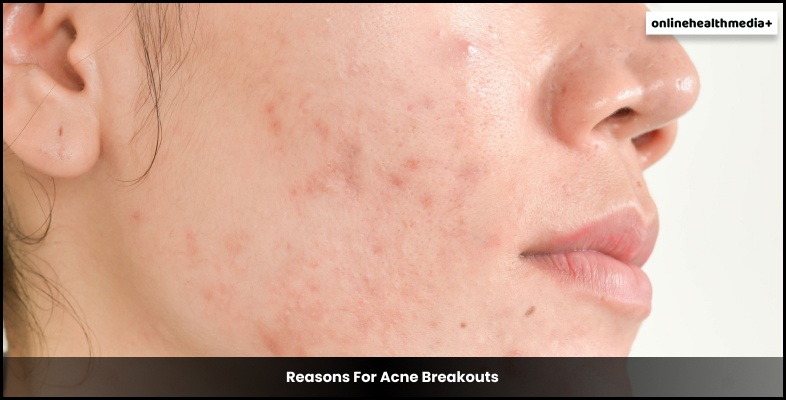
You see the sudden red bumps on your forehead, and it takes away your mental peace. But this is not a solution. You can quickly deal with the problem when you know the exact reasons for acne breakouts.
Here are some reasons which are linked with acne breakouts:
- The excessive sebaceous gland’s oil production.
- Clogged Pores.
- Hormonal Changes.
- Stress.
- Air Pollutants.
- Certain Body Immunity Deficiency.
- Unhealthy Diet.
- Wrong SkinCare Products.
- Hygiene Factors.
These are the most common reasons for acne breakouts. Teenagers are suffering from acne problems because of their hormonal secretions. Skin is producing more oils. And causes clogged pores. These are common reasons for severe acne breakouts.
7 Types Of Painful Acne
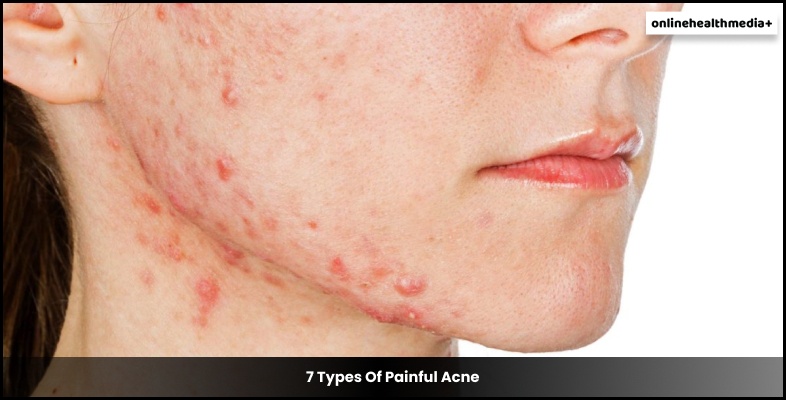
Acne or pimple occurs when the openings of hair follicles are clogged and blocked with produced oil, dirt, and dead skin cells. These clogged pores are often infected with the bacteria and cause small red bumps on the face.
Acne or pimples are mainly two types: an open and puss-filled and blood-filled closed one. The blood-filled acnes are more deep-rooted and painful.
Here are the seven different types of acne and their characteristics:
1. Whiteheads
Red surface and slowly turning into white bumps that remain closed by oil and dead skin. The most common areas of whiteheads are the nose and sides of the noses.
2. Papules
Small and red or pink bumps are becoming inflamed. Most of these types of acne are temporary and do not cause deep scarring. Even sometimes babies can develop these acnes. But if your baby is showing this baby acne, consult your doctor immediately. Sometimes allergic reactions are also responsible for acne in babies.
3. Blackheads
Open black bumps on the skin surface. These acnes are filled with excess oils and dead skin tissues. When irregular lights are reflected on the clogged follicles, the dead tissues get dark. Big blackheads scarring and scratching are cousin deep scarring.
4. Pustules
Pimples containing infected white pus. These acnes look like whiteheads surrounded by dark-colored rings. The best solution to get over this acne is not to disturb them. These types of acne will heal on time and do not scratch and squeeze it.
5. Fungal Acne
Fungal acne is seasonal type acne. For example, during the monsoon with all types of fungal infections, fungal acne percentages increase. These types of acne are itchy and have inflammation underneath your skin surface.
6. Nodules Type Acne
A solid pimple that is deep-rooted in your skin and connected with blood vessels. They are large in size and painful, and not easily healable. Hormonal imbalances are sometimes caused by acne appearing.
7. Cysts
Pus-filled pimples. These can cause deep acne scars. Both of the nodules and cysts of acne are hormonal acne. Often adult people suffer from this painful acne after their 40s or 50s.
These seven types of acne are the most common types of acne. But among all of these, if you are suffering from adult acne after your 40s or 30s. You must consult your doctors. Often I see women who are having PCOD are also suffering from adult acne. So if you are suffering from adult acne, then you must seek the doctor’s help first.
How Can You Treat Your Acne?
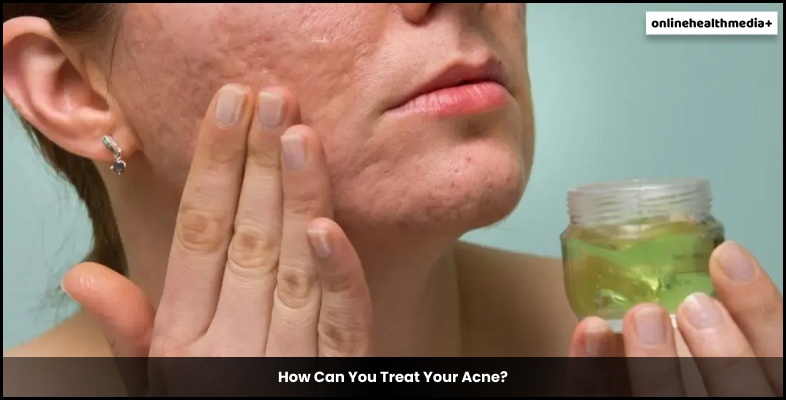
Acne is not unusual to have. Hence there are hundreds of counter medicines available for acne treatments. But if you are suffering from acne, it is better to ask your doctor first than start your medications.
Here are the names of four over-the-counter medicines and treatments for acne:
1. Salicylic Acid
This is the most common type of medicine which is used to treat acne. Most often, doctors have prescribed the salicylic face wash or cleanser. Salicylic acids dissolve the dead skin layers. Many acne sufferers keep asking about how to get rid of back acne. Salicylic acid-based face cleansers are the answer.
This shredding prevents pore-clogging. And it effectively reduces acne chances. But depending on the type of your acne, your doctors are going to determine the acid concentration percentages. So my advice is to visit the skin specialist first then select the products.
2. Benzoyl Peroxide
Benzoyl Peroxide is another over-the-counter product. The Benzoyl Peroxide cream or gels are used to treat acne. This formula is a little bit strong. So doctors are instructed to apply the ointments for the affected areas only. But lower concentrations are less irritating for your skin tissue.
Even though this is an OTC acne-treatment medicine, you have to ask your doctor and then start to use it.
3. Retinoids Or Vitamin A Ointments
The retinoids treating creams are often used to treat acne. This is a tropical medicine. You can not use this medication without proper doctor’s prescriptions. Hence for every type of acne, the concentration levels are different.
But for treating your black and whiteheads, you can use this retinoid therapy. Vitamin A helps to minimize the swelling the size of acnes.
4. Clindamycin
It is a topical antibiotic that controls skin surface bacteria infestations. Clindamycin is the most common type of antibiotic which are used to treat acne.
Clindamycin ointments and face cleaners are frequently used in acne treatments.
Skin Care Habits Which Can Worsen Your Acne?
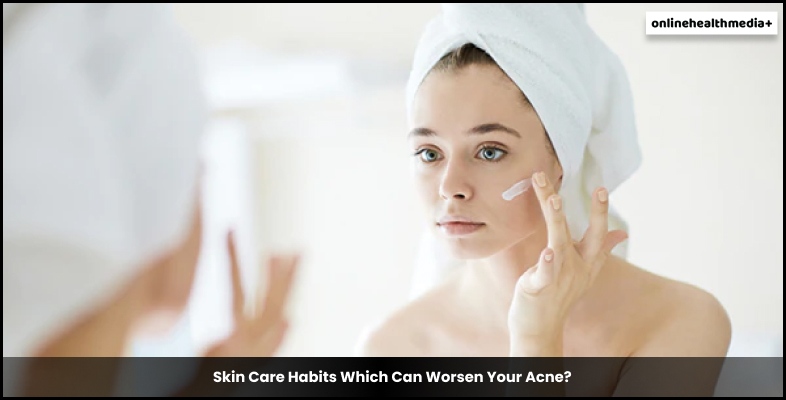
For treating your acne, you will require a specific schedule for skin treatments.
But apart from the skin treatments, you also have to avoid some factors to improve your skin quality.
Here are a few things which you must avoid to treat your acne:
- Using any drug products without consulting the doctors.
- Using acne-prone shampoo and hair care products.
- You are sleeping without removing your makeup.
- Sharing your makeup and towels with others.
- Not washing your face throughout the day.
- Not using the proper sun protection.
- Applying the face pack, which over-dries your skin.
- Squeezing your pimple with dirty nails and hands.
- Using a hard face scrubber.
- Excessive use of acne medicines.
These ten skincare habits are pretty dangerous for acne-prone skins. When you are having sensitive skin, you must avoid using any new things without consulting dermatologists. Only the dermatologist can show you the right path.
Every skin type is different. So before buying any skincare products and makeups, go through the ingredients list and then purchase the items. How to get rid of acne? Avoid making these mistakes, and it will improve your skin texture and acne probability.
Frequently Asked Questions (FAQs) About Acne:
1. How To Treat Your Acne Symptoms?
The best solution is visiting the dermatologist clinic. But if you are suffering from mild seasonal acnes. Then here are a few tips that you can follow to treat your acne:
- Wash your face with mild and gentle cleaners.
- If you are using any OTC acne medicine, use it as written descriptions.
- Cut your nails and do not scratch your problem areas.
- Use sunblock cream.
- Take a proper shower after any strenuous activities.
- And use clean, soft tissue as the face wipes.
2. What Are The Symptoms Of Acne?
The teenagers are starting their breakouts from cheeks and foreheads. But adult acne spaces are different. The adult people, you can find the cyst acne breakout along with the jawline. The common types of acne are filled with pusses on the tips of the red bums. If you are finding it in any area of your body. This is acne.
3. Are Any Foods Causing Acne?
Yes, high sugar-saturated foods are prone to acne. The dairy ingredients, milk chocolates, fries, and surgery beverages increase the acne risks.
4. Can Drink More Water Help The Acne Breakouts?
Every day numerous toxins are produced in our skin. These toxins are clogging the pores of your skin and stuck on the epidermis layer of your face skin. When you start to drink more water, you hydrate your skin tissue and open your clogged pores.
Conclusion
Are you currently suffering from acne? Do not hesitate to seek help from dermatologists.80% of teenagers suffers from acne in America during their adolescent time. So there is no shame in having it. Proper skin care and food routines will help you control your breakouts. So do you follow any specific skincare routines to prevent your breakouts? Do not forget to share your experiences of your acne journey in the comment sections. Everyone should know how you are treating your acne.
Read Also:
- 7 Ways to Prep Your Skin This Summer
- 5 Facial Treatments Every Girl Needs To Know About
- The Health and Wellness Benefits of Taking a Multivitamin

